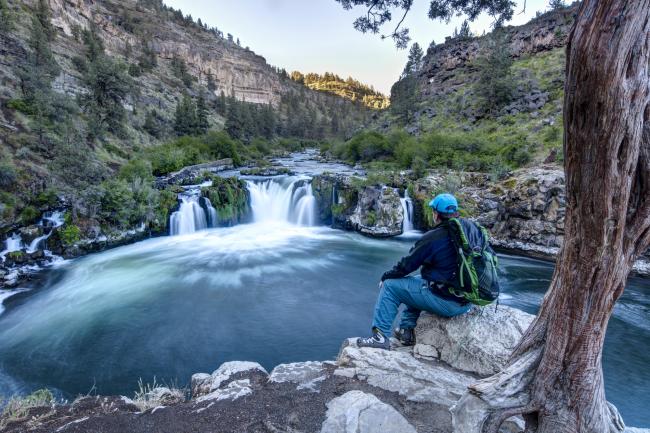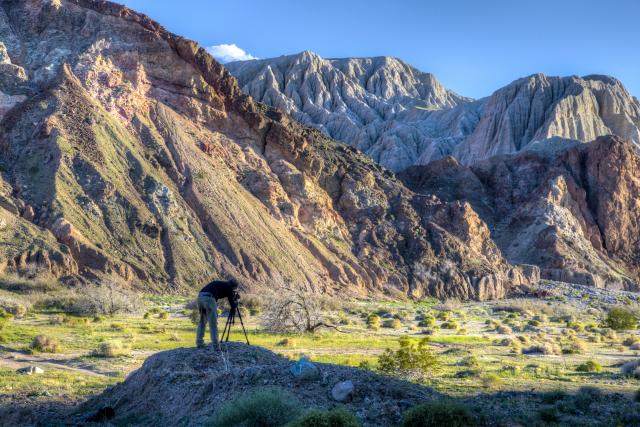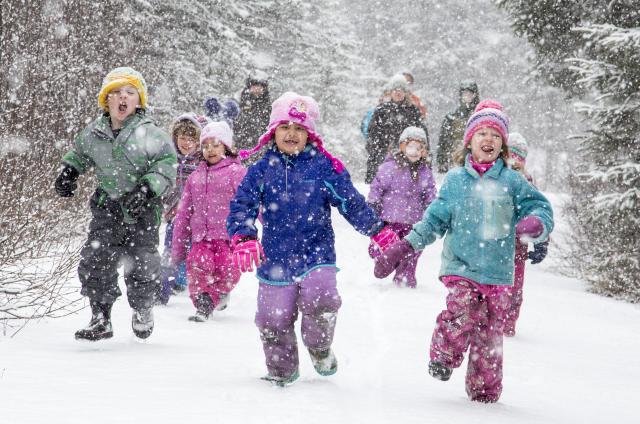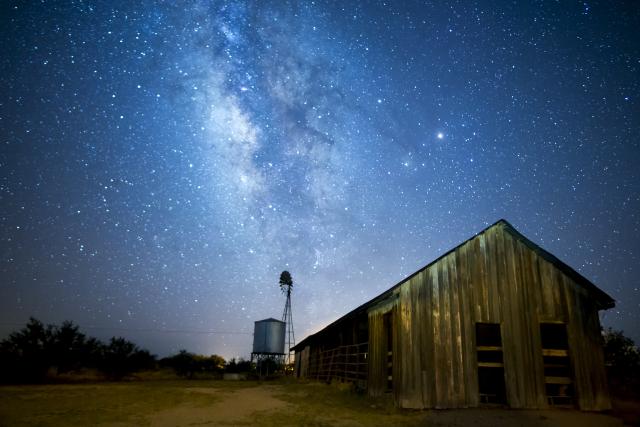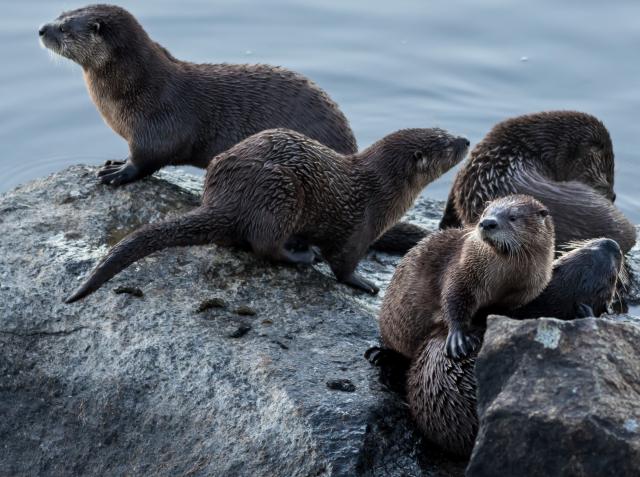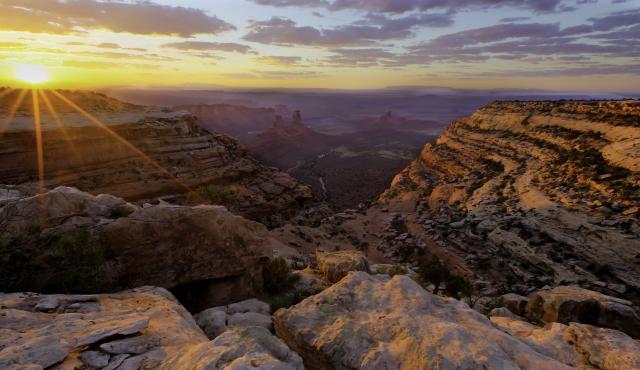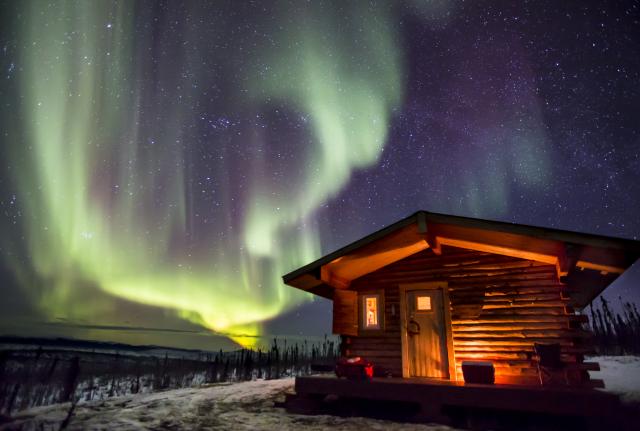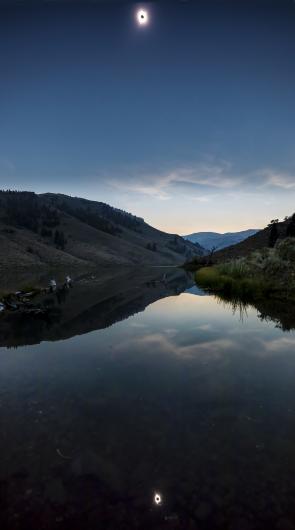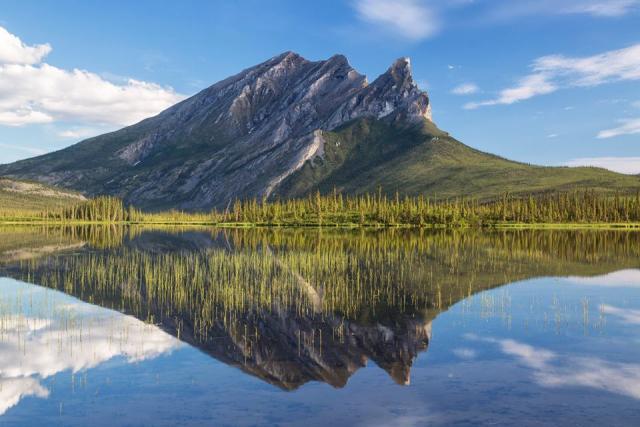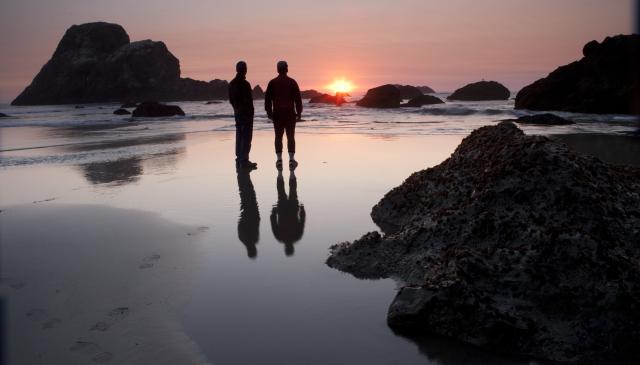Legendary photographer Bob Wick reflects on capturing iconic BLM landscape images
Listen
Subscribe
Related Content
In December 2024, Backpacker.com magazine published an article titled, "Bob Wick Is the Greatest Outdoor Photographer You’ve Never Heard Of." You likely have seen his work on BLM.gov, in social media, in major newspapers and magazines, and on advocacy and industry websites. Today, we visit with the man himself: Bob Wick, whose primary job never was as a photographer.
Transcript
NARRATOR, DAVID HOWELL, Senior Communications Specialist: Welcome to “On The Ground, a Bureau of Land Management Podcast.” I’m David Howell. In December 2024, Backpacker magazine ran an article with the headline: “Bob Wick is the Greatest Outdoor Photographer You’ve Never Heard Of.” If you have browsed the BLM.gov website, Facebook and Instagram, popular magazines, advocacy websites, or even read an article on the Bureau of Land Management in the major newspapers, you likely have seen the work of Bob Wick.
Now, I’ve known Bob for many years, and in October 2024, I got a chance to visit with him as part of BLM’s Oral History initiative. He worked his entire career with the Bureau of Land Management before retiring in 2021. Bob joined in the late 1980s at the end of the Reagan Administration after earning a Forestry degree at Penn State University, then made his way west and took a job working in the wilderness and recreation programs in Cañon City, Colorado.
I asked him about how he got started as a photographer in BLM, and he mentioned an experience around 1988 involving the incoming Secretary of the Interior that got him thinking about the need to photograph and document public lands.
WICK: Right when I started Manuel Lujan, who was the first secretary, I actually got to meet him, which was kind of cool, really nice guy, but... When he came on as a Secretary, he was just doing an interview and just putting out like a one-liner about each agency under his jurisdiction. And then when he came to BLM, he said, “and the BLM has some really good grazing lands.” And that was it! [Laughter] And I thought, wow, there's so much more here.
That was sort of, maybe, the first spark during my whole career that, hey, you know I love photography, I've been a hobby photographer my whole life. You know, as we do outreach for these recreation areas, I’ll try to capture, you know, my passion of landscapes and show that they're grazing lands and so much more. You know, there's just the incredible diversity.
NARRATOR: This began a career-long quest to photograph the business of the BLM. It started locally in Colorado and continued on to jobs in Arcata and Sacramento, California. For those familiar with Bob’s photography, it may come as a surprise to know that taking pictures was not in his job description. He was a planning and environmental coordinator, writing environmental documents that help local leaders make decisions. He was also a wilderness specialist in BLM’s Headquarters Office, which gave him the chance to write policy. Only a fraction of his time was spent taking pictures.
WICK: My supervisor in Arcata, she was positive to a point, you know? Everybody always was, the rest of my career: “As long as you get your planning and NEPA stuff done or as long as you get your wilderness work done, you can go out. And as long as someone else funds your travel.” You know how that always goes….
HOWELL: Yes. [Laughs]
WICK: Then when I did move to Sacramento, my boss there was really good. He said, “Bob, you work for the California State Office. But you can go to other states up to three or four weeks a year as long as they pay your travel.” And to me that's like, “We're losing a three or four week cut of what we're paying you to do.” But he just had the vision that, you know….
HOWELL: Yeah, that you were providing a service to the rest of the Bureau in that way.
WICK: Yeah, yeah. But anyway, so starting then, that's when I really started getting around to other states.
NARRATOR: And suddenly, he was in demand everywhere. For the most part, he confined his photography to National Conservation Lands, those areas that have been specially set aside by Congress or the President for conservation. Because he was often short on time, he usually planned out his work to arrive in a location when the weather was optimal for dramatic photos, and immediately began shooting.
WICK: To me, the best aspect of what I do is to get to places where, you know, that it's not a commonly known or commonly photographed spot. It’s like, I could not do a better job of El Capitan and Yosemite Valley than a thousand other photographers. What made me unique, I think, is I work to get out to these unknown places and call attention to the beauty of these unknown lands. And one of the aspects of that is knowing your landscape.
It's specific to the thing you're photographing. Back lighting is always my favorite; you know, not… the old adage of “shoot with the sun over your shoulder” makes for some pretty flat, boring landscapes. It’s okay in some situations, but having side lighting or shooting into the sun where the vegetation glows because the sun’s shining through it is really good. Cloudy days are good for shots of wildflowers under the forest canopy. Things like that. You just gotta know your landscape. You have to look for subtleties on a lot of BLM lands.
NARRATOR: Many of Bob’s photos are the kind that appear as if someone asked you to visualize the most serene spot on earth: a verdant landscape full of wildflowers, mountain range with patches of snow, or waterfall and bright green vegetation set against a red rock desert canyon. While these shots are often very peaceful looking, the story of getting that shot is often anything but relaxing! Bob told me about one such picture in Utah back in 2016:
WICK: One of the more tranquil photos I took is a sunrise over the Valley of the Gods. You're looking out over this cliff. And it's just this tranquil…like, oh, I could just sit here and envelope myself in the quietude here.
And I had parked off the road about a quarter mile away, and I knew sunrise was coming, ran down, got my camera set up and the battery was dead, which was a stupid thing because, you know, you always carry spare gear as a photographer. But in this case….
So I ran all the way to the vehicle, just barely got back, totally out of breath, snapped the photo and it turned out to be this iconic photo. And I was just totally unraveled. I was just like, you know…it was the least peaceful time I've had photographing something in a long time, but yet it turned out to be this wonderful photo.
But yeah, there's thousands of them. You know, spending days being stuck on Beaver Creek in Alaska during a flood, and then having the Northern Lights pop out unexpectedly. And I almost had to… I had to wake some guys up that where Iditarod mushers in one of the BLM trail cabins because they were sleeping on all my gear! I didn't realize they all used the trail cabins, but I was like, “Am I going to change the final winner, because I'm not letting him get enough sleep? But I need my camera gear, you know.” [Laughter]
All these kind of different unique things to the BLM that are, yeah.
HOWELL: I have to say, one of my favorite photos that you took was in 2017 with the eclipse, the Great American Eclipse. And I think you were out in the backcountry in Idaho someplace, and you had this great shot, just looking over a lake, with the eclipse right in the top center frame.
WICK: Oh yeah, you know, that was another one… See, now you're getting me on stories! I was... That's Herd Lake up in Idaho…
HOWELL: Yeah.
WICK: ….and I had read… You know, there was so much online. In the eclipse you need really specific settings to get the partial eclipse 'cause the light 's so harsh. So, all these gadget geeks and Internet photo nerds had everything so precise: “You need this filter, you need this… blah blah blah.” So anyway, I was uptight during that, too, because you only have a couple minutes during the full eclipse! And I had, like, three cameras going and was doing all these settings. That camera, Dave, was the one I had, like, two hundred feet behind me on automatic mode just snapping photos! [Laughter, crosstalk] But at least I got…
HOWELL: Leave it alone, let it go, huh?
WICK: …I framed it. Yeah.
HOWELL: That was a great shot. Well, Bob, thank you so much. Man, I could talk to you for hours!
WICK: Well, thanks for doing it!
NARRATOR: Bob Wick retired in 2021 after 33 years with the Bureau of Land Management, but he’s still out there shooting photos of beautiful locations. You can see his work on Instagram under the handle “wickphotos.”
BLM also has a Flickr site where you can see the work of the Bureau’s talented army of photographers, as well as photos from many people who simply love public lands. Go to Flickr.com (that’s F-L-I-C-K-R-dot-com), and search for the Bureau of Land Management. We’d love to see your scenic photos as well!
I’m David Howell, and we’ll see you out there – camera in hand – “On The Ground.”

